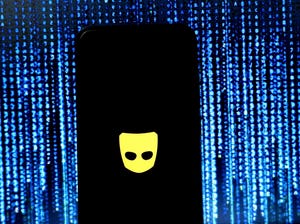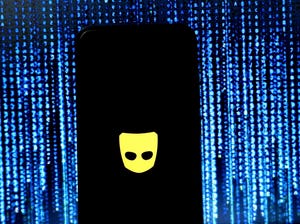
You Can Order a Free HIV Test on Grindr - CNET
Grindr, the dating app for gay, bisexual, transgender and queer people, said Tuesday that it’s partnering with a public health program that’s aiming to increase testing for HIV by offering free at-home tests.
To get a test, open the Grindr app and find the Free HIV Home Test button under profile settings. You can order up to two tests, and the process should take less than a minute.
People who don’t have the Grindr app can still get a free HIV test through the same Together TakeMeHome website, which according to a post by the US Centers for Disease Control and Prevention, allows you to order every 90 days. TakeMeHome is a program run by a partnership between the CDC, Emory University, Building Healthy Online Communities, National Alliance of State and Territorial AIDS Directors, Signal Group and OraSure Technologies. It’s available to people in the US and Puerto Rico.
Public health initiatives like this one, and partnerships with companies like Grindr, may help close the gap in testing access for people who are most affected by human immunodeficiency virus, or HIV. Gay and bisexual men, and other men who have sex with men, are most affected by HIV, particularly those who are Black and Hispanic. Transgender women also are disproportionately impacted by HIV, as are Black cisgender women, according to the CDC.
Like other preventative health measures, testing for HIV declined during the pandemic. The CDC says free HIV test programs like this one are based on research that shows at-home HIV testing increases testing frequency, identifies new diagnoses and reaches people who haven’t been tested before. Some people may prefer taking a self-test at home because of the privacy, or because it doesn’t require waiting on a lab result.
A spokesperson for Emory University, one of the partners in the TakeMeHome program, confirmed that the self-test given out will be the OraQuick In-Home HIV Test, which is the only self-test approved by the US Food and Drug Administration that doesn’t require you to send your test or sample in to a lab.
It’s an oral swab test that gives you results in as few as 20 minutes. It’s important to note, though, that the FDA says the test isn’t considered reliable unless it’s been at least three months since the HIV infection started, and that the test may produce a false negative result about once every 12 times. This means that if you’re testing because you might have had an exposure within the last few weeks or couple of months, the test likely won’t be accurate. Antibody tests like OraQuick’s have different windows of time during which tests are expected to be effective.
The FDA also says that taking medicine (PrEP or preexposure prophylaxis) to treat or prevent HIV may also increase the chance of a false negative result.
When you take the self-test at home, a positive result means your test shows two lines, however faint, and you should confirm it at a clinic or medical setting with a blood test.
Here’s more information about HIV testing, including who should take a test and how often.
The information contained in this article is for educational and informational purposes only and is not intended as health or medical advice. Always consult a physician or other qualified health provider regarding any questions you may have about a medical condition or health objectives.

